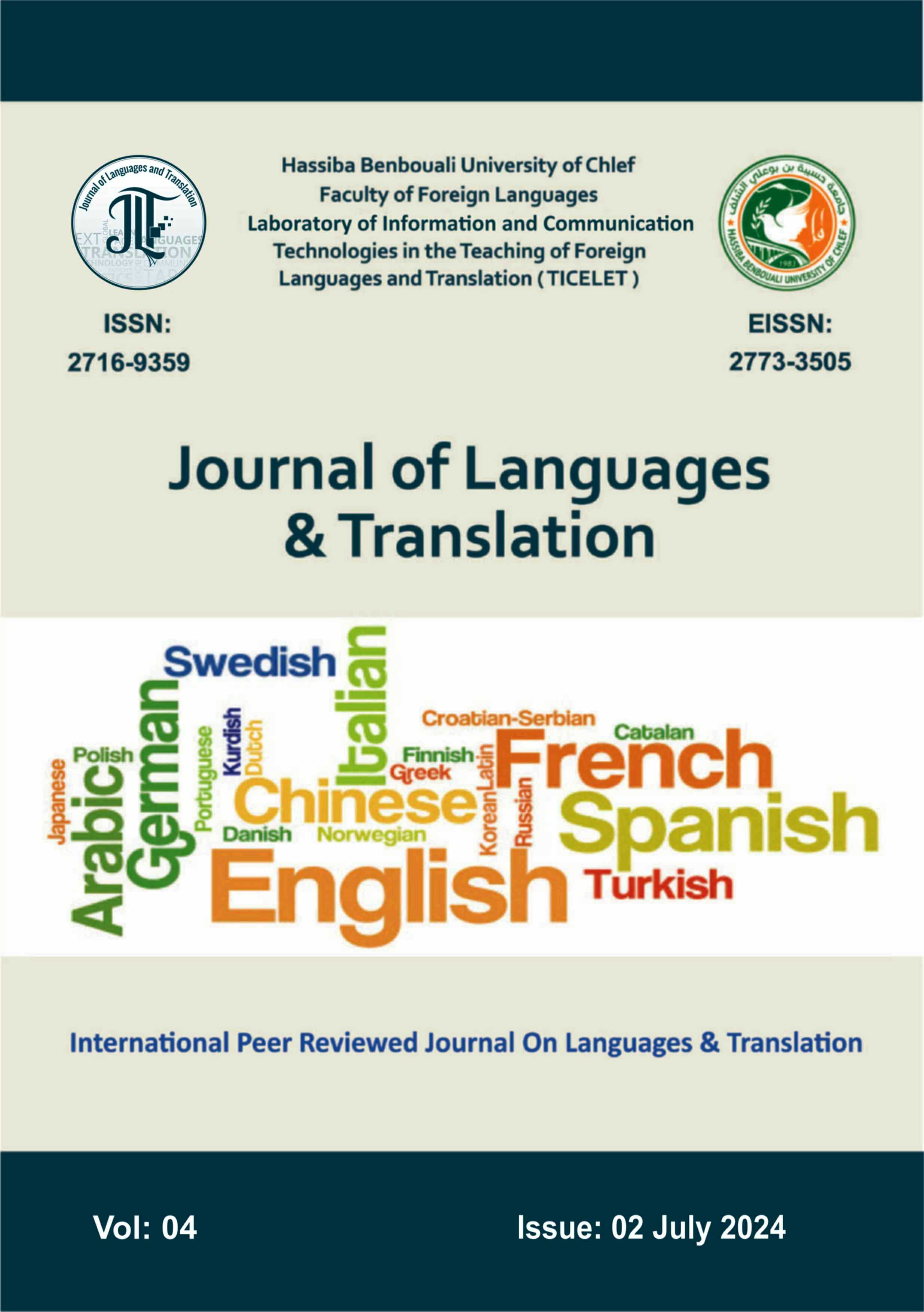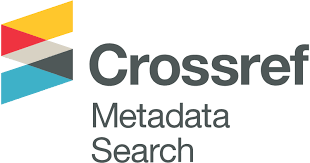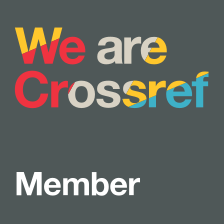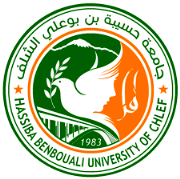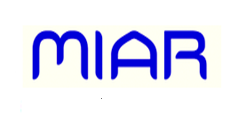The Pedagogical Value of Mind Maps in FLE Class
L’intérêt pédagogique des cartes mentales en classe de FLE: comment les intégrer dans des scénarios didactiques pour développer et évaluer les compétences langagières
DOI:
https://doi.org/10.70204/jlt.v4i2.603Palabras clave:
evaluation, language skills, mind map, didactic of FFLResumen
A mind map, also known as a heuristic or concept map, is a graphic tool that allows you to uisually
represent ideas, concepts, and information in an organized way. A mind map is created by starting
with a central concept to which are associated branches representing main and secondary ideas.
These branches are in turn subdivided into sub-branches, forming a tree structure. This tool is
particularly useful for visualizing complex information, improving creativity, stimulating learning,
and facilitating memorization. The visual structure of a mind map reflects the way the brain
naturally organizes information, making it a powerful tool in a variety of educational contexts. In
this article, we will show how mind maps can be used in the FLE classroom to boost language
teaching and develop communicative language skills, while creating a context that is both authentic
and motivating for learners. We will also focus on the role of mind maps as a tool for assessing the
skills involved.

